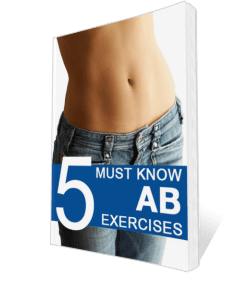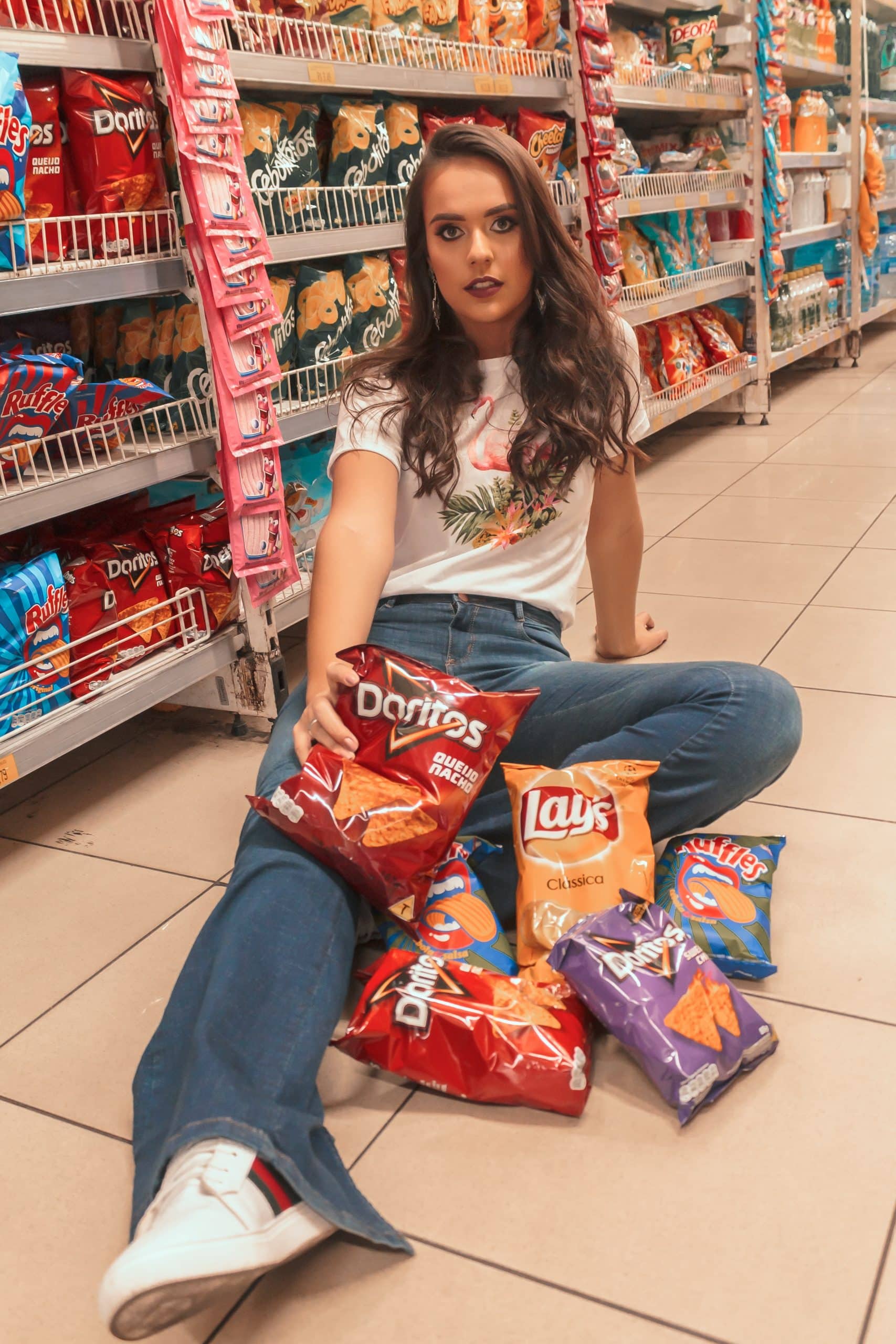
Download the free "5 MUST KNOW AB EXERCISES"
- Follow-along Workout Plan Included
- Start Burning Fat and Tone Up

 If you’ve read my blogs, you know I encourage eating whole foods with as little processing as possible. That doesn’t mean you have to give up foods with any type of processing. You don’t have to cut out processed foods whose processing is washing, cutting and freezing or many of the can goods on the shelf where the only ingredient is water and the fruit or vegetable.
If you’ve read my blogs, you know I encourage eating whole foods with as little processing as possible. That doesn’t mean you have to give up foods with any type of processing. You don’t have to cut out processed foods whose processing is washing, cutting and freezing or many of the can goods on the shelf where the only ingredient is water and the fruit or vegetable.
They contain a litany of ingredients that sound like they were created in a lab…and some were. Some foods require processing to be edible, such as soy products or beans. It’s all about the ingredients and the amount and kind of processing. Seriously, washing a fruit or vegetable qualifies as processing. Yogurt isn’t yogurt without processing. Look at the label and check for added sugar, salt and other ingredients. If you buy peanut butter, the label should have one ingredient, peanuts.
When you buy your fruits and veggies at a grocery store, if they weren’t grown in the area, they were picked early and transported quite a distance. No matter where they were grown, they may have been sitting on the shelf for quite a while. Frozen fruits and vegetables often have a processing facility very close to the fields or even right on the property. They’re allowed to ripen to freshness and immediately cleaned and frozen, sealing in most of the nutrients. Vegetables may be blanched, which can reduce the water soluble vitamins, but once frozen, nutritional levels remain stable.
Look for signs of lots of processing, such as food with refined grains or those with added sugar or salt. Refined grains have none of the nutrients, unless they’re added later artificially. Foods made with sprouted grain flour or whole grain flour are the best. Sour dough breads are better than white flour breads, too.
For more information, contact us today at Prime Fitness NJ